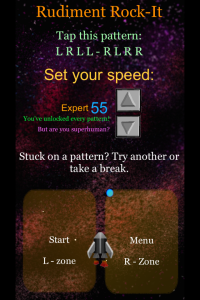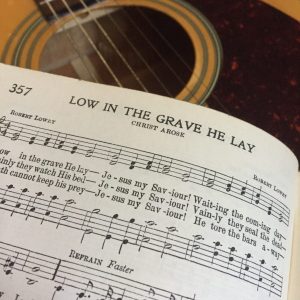 I get nervous when I hear someone say something like “I don’t care for that instrument” or “I don’t like that genre.” There is merit in every genre and beauty in every instrument. To discount such a broad category of culture without a good deal of explanation indicates an insufficient understanding of the subject. These situations prevent great opportunities. For example, singing hymns in parts with contemporary accompaniment. It is a powerful idea that I wish I had more time to develop, but an individual who both plays guitar and sings using traditional harmonies is a rare find. These people have little time or opportunity to merge the two skills.
I get nervous when I hear someone say something like “I don’t care for that instrument” or “I don’t like that genre.” There is merit in every genre and beauty in every instrument. To discount such a broad category of culture without a good deal of explanation indicates an insufficient understanding of the subject. These situations prevent great opportunities. For example, singing hymns in parts with contemporary accompaniment. It is a powerful idea that I wish I had more time to develop, but an individual who both plays guitar and sings using traditional harmonies is a rare find. These people have little time or opportunity to merge the two skills.
Singing Hymns in Parts with Contemporary Accompaniment is 100% Feasible
We have an easy place to begin for putting this vision into practice. A modern contemporary arrangement of Be Thou My Vision that I’ve heard has a drone chord peddling throughout the first half of the verses (scale degrees 1, 2, and 5). If we sang in parts to this version over that pedal tone, it would be very lovely. This technique is not unprecedented in the least. Much classical literature uses pedal tones. They are a powerful way to create more pull toward resolution when used underneath a progression. Since these drone chords are common in both contemporary and traditional music, we have a very simple common denominator. We could use this idea to get people interested and begin developing the concept.
But They Changed the Harmonies!
It is important to consider technical objections when singing in parts with contemporary versions of hymns. For example, take this version of Be Thou My Vision. A common technique in contemporary versions is to substitute the relative minor chord in place of the tonic somewhere in the middle of a verse. When we are singing traditional harmonies with this change, we end up with a minor 7 chord, which is fine for either genre. However, the bass is likely playing the root of that minor chord. Traditional ears will likely consider this incorrect, and justifiably so since it destabilizes the harmony during a strong moment. The bass should be playing the 3rd of that chord, which is also the tonic. A properly balanced minor 7 chord would actually please everyone. This is just one example of how we can merge the two genres. There are solutions to every harmonic conflict; we simply must educate each other about the two genres.
The melody can be accompanied by multiple harmonizations and there is no “correct” solution. Any chord progression is likely to work with contemporary arrangements if the arrangement is orchestrated with the original harmonization in mind. Since the types of musicians that play contemporary styles well are masterful improvisers, they can adapt their playing to appropriately interact with their audience/congregation. All we need is an openness to hearing and understanding extended tertian harmony (i.e. that 7 chord we just talked about). I suspect that this opportunity rarely manifests since others who know only the old version are likely not singing.
Let Yourself Be Changed; Keep Singing Hymns in Parts
This beautiful merging of traditional worship with contemporary worship is completely workable. But we need a cultural shift toward singing hymns in parts from the congregation to make it happen. So next time you hear guitar and drums accompanying your favorite hymn, educate others with your singing.
The accompaniment can change you if you allow it the chance. If we soften ourselves, stay ourselves, and insert ourselves, artistic musical expression during worship will deepen in ways you can’t imagined.


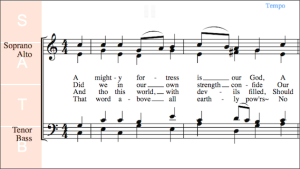
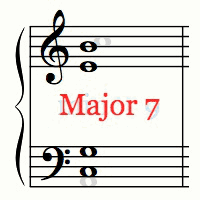 Some
Some 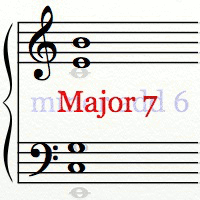 All you change is the bass, but all of a sudden you have a minor seven chord. While this is neat and useful, the relationships that occur when the bass plays the third scale degree reveal much more exciting possibilities. The same four notes reorchestrated can literally form a completely new chord. So new, in fact, that an
All you change is the bass, but all of a sudden you have a minor seven chord. While this is neat and useful, the relationships that occur when the bass plays the third scale degree reveal much more exciting possibilities. The same four notes reorchestrated can literally form a completely new chord. So new, in fact, that an 